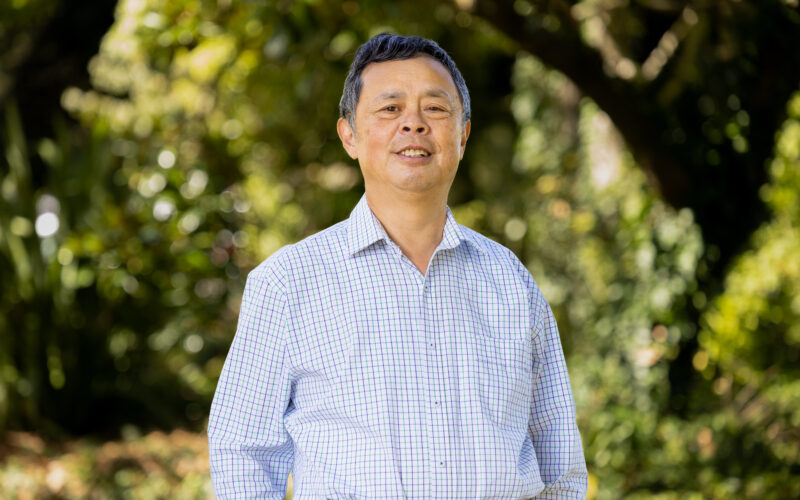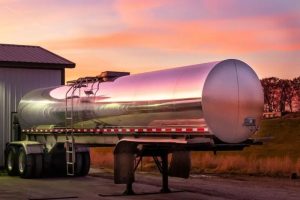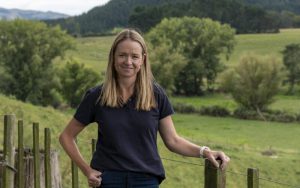
World’s agricultural systems have started to level off in terms of their ability to produce more protein per kilogram of greenhouse gas emissions.
An AgResearch environmental scientist says New Zealand and the world need a second Green Revolution to address the twin challenges of meeting growing food demand while also reducing greenhouse gas emissions.
Jiafa Luo of AgResearch’s environmental research team was one of several scientists contributing to a recent study released in the Proceedings of the National Academy of Sciences. Their work highlighted how the world’s agricultural systems have started to level off in terms of their ability to produce more protein per kilogram of greenhouse gas (GHG) emissions.
Taking data from 180 countries and 170 food-livestock feed types, they analysed the changes to find that emissions intensity (kilogram of GHG per kilogram of protein production) decreased by nearly two-thirds from 1961 to 2019.
This was largely due to the major gains made through the Green Revolution that saw the use of synthetic fertilisers and treatments boost productivity in all crop and animal production globally.
But taking a closer look at the most recent decade, from 2010 to 2020, they found a stagnation in the rate of gain, and even an increase in emissions intensity in some areas where land use change occurred.
“What is most worrying about this is the need we are going to see for even more food production, with estimates the world needs to increase food production by 50% within the next 25 years,” Luo said.
This calls for a second Green Revolution, one that meets the demand placed on agriculture to produce more but using new tools that also bring lower GHG emissions to that increased production.
“There is this need there to produce more protein. As people improve their standard of living that is what they demand more of. If we can get those production gains, without the emissions, that would be ideal.”
He acknowledges the need for the likes of emissions mitigators in livestock, but new tools for outright production gains are also sorely needed.
“Even if you look at nitrogen efficiency on farms, that is still quite low. If you took a kilogram of nitrogen, the conversion is around 20-40%. Even if we can just get a 5% lift in that, that is significant.”
New Zealand has not been immune to that slide in intensity efficiency, particularly in the red meat sector as ongoing gains in sheep productivity have been more difficult to achieve.
Like many scientists he welcomes the NZ government’s decision to review gene technology regulations and believes a responsible pathway of research would yield definitive gains to NZ’s ability to more efficiently grow more protein.
In a world where the free trade ethos is being threatened, the report highlights the valuable role it can play in helping better balance emission intensities.
The trade of final produced protein between countries has reduced potential global greenhouse gas outputs, especially for countries that are net importers of protein with high GHG intensities, such as Africa and south Asian countries.
Overall, a continuous decline of emission intensity in the future relies upon countries with higher emission intensity to increase their productivity and minimise land use changes.
But the research has also found the accelerating expansion of cropland is concerning as it reduces the amount of natural land, often a major carbon dioxide sink.
They point to concern over growing demand for meat and increasing amounts of crop material being turned into fuel sources, rather than used as food.
A native of China, Luo said he can starkly recall the impact of the Green Revolution on his country’s rice production capability, one shared with the likes of India. He agrees that the ensuing ongoing gains in productivity have been something the world has almost taken for granted.
His concern is that a continuing stagnation in GHG intensity relative to protein production without any step changes in methods will result in a dangerous feedback loop forming.
This is one where the proportionately higher gases emitted add to more carbon dioxide, exacerbating climate change even further, in turn delivering climate outcomes that further compromise agriculture’s productivity.
You can now read the most important #news on #eDairyNews #Whatsapp channels!!!
🇺🇸 eDairy News INGLÊS: https://whatsapp.com/channel/0029VaKsjzGDTkJyIN6hcP1K

























